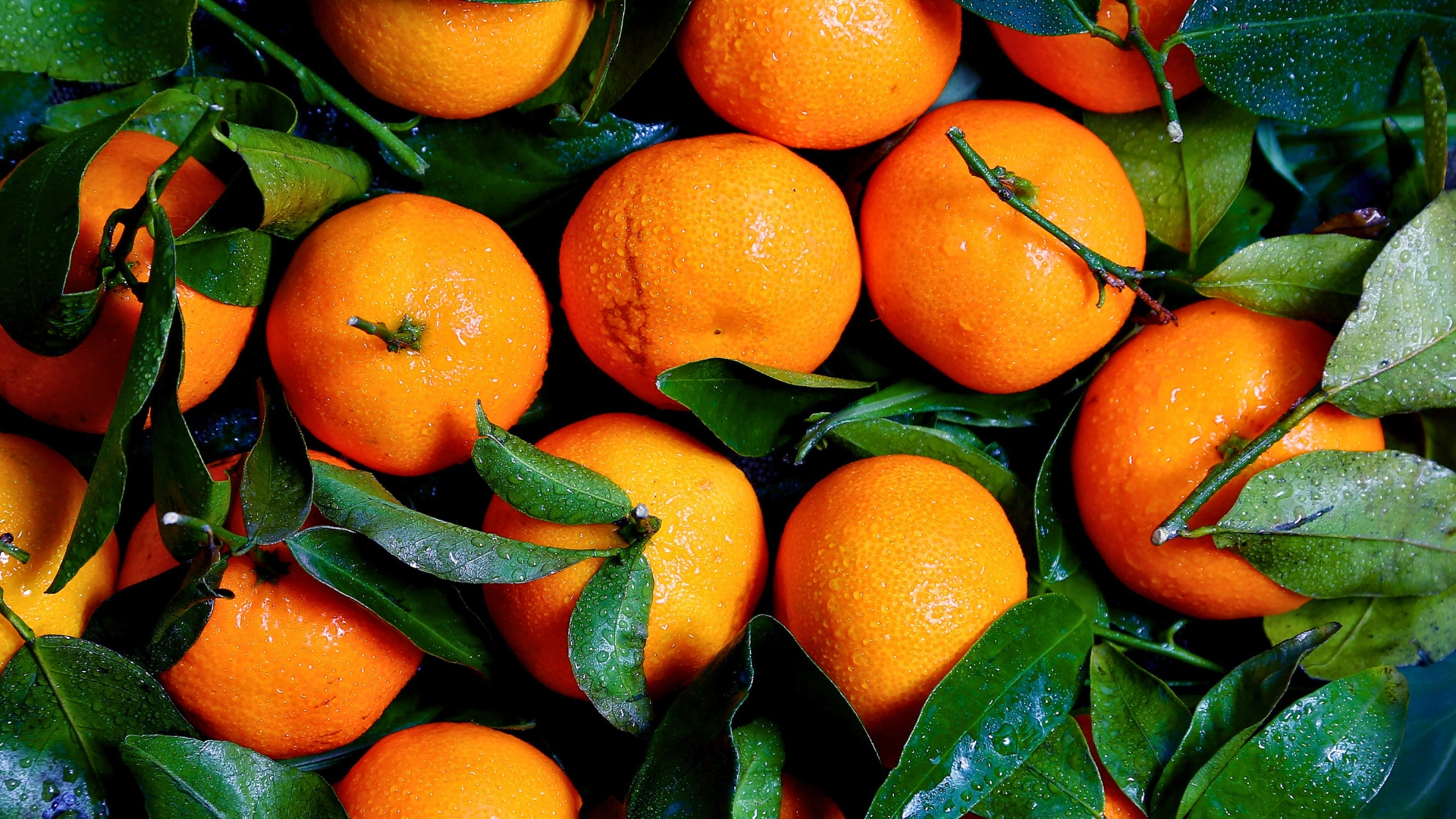These 12 Common Mistakes Are Turning Healthy Citrus Leaves Into A Curling Mess
Citrus trees are usually pretty chill—until their leaves start curling like party streamers. I’ve been there, wondering what went wrong with my once-happy lemon tree.
The truth is, it’s often a few sneaky mistakes that build up over time. Some are easy to fix once you spot them, and others might make you facepalm.
Let’s untangle the mess and get those leaves looking lush again.
1. Overwatering Blunders

Too much love in the form of water can drown your citrus roots, causing leaves to curl in protest. Soggy soil prevents oxygen from reaching the roots and creates the perfect environment for harmful fungi.
Always check the top inch of soil before watering. It should feel slightly dry to the touch. During winter months, reduce watering frequency as citrus plants enter a semi-dormant state with lower water needs.
2. Underwatering Stress
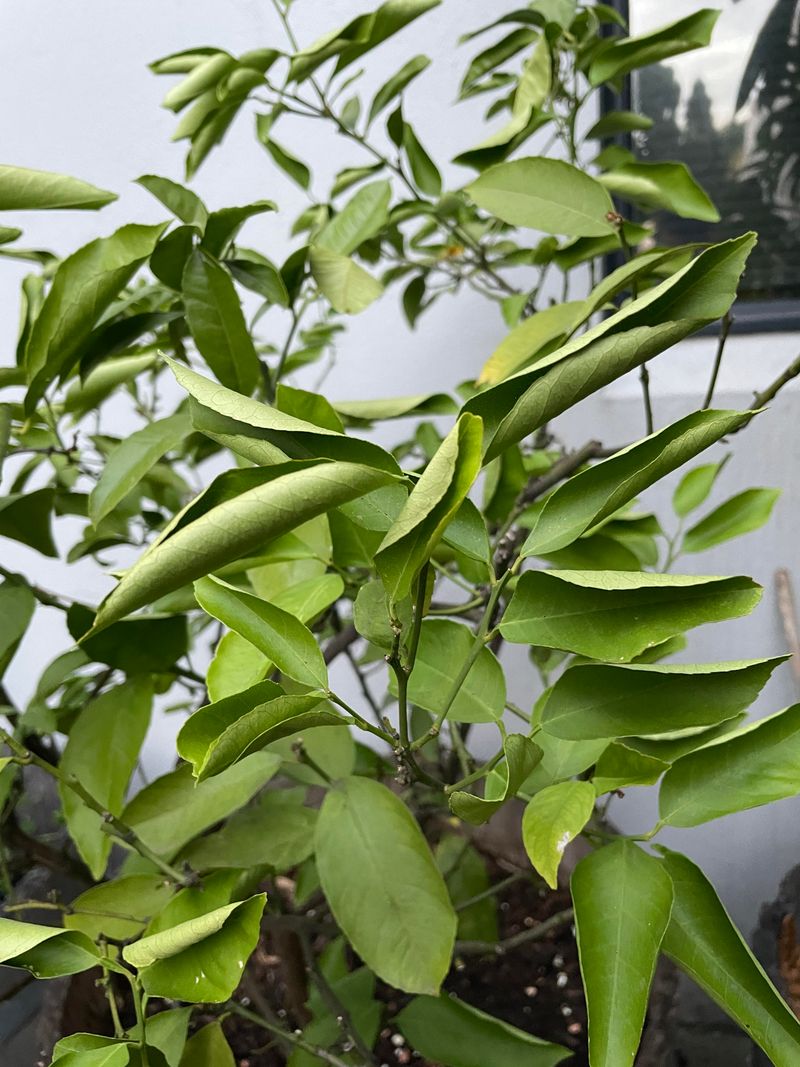
Dehydration forces citrus plants to conserve moisture by curling their leaves inward. The edges might also turn crispy and brown as the plant struggles to survive with limited water resources.
Water deeply but infrequently to encourage strong root development. A good rule is to provide enough water so it drains from the bottom of the pot. For garden plants, a slow, deep soak around the drip line works best.
3. Nutrient Deficiencies
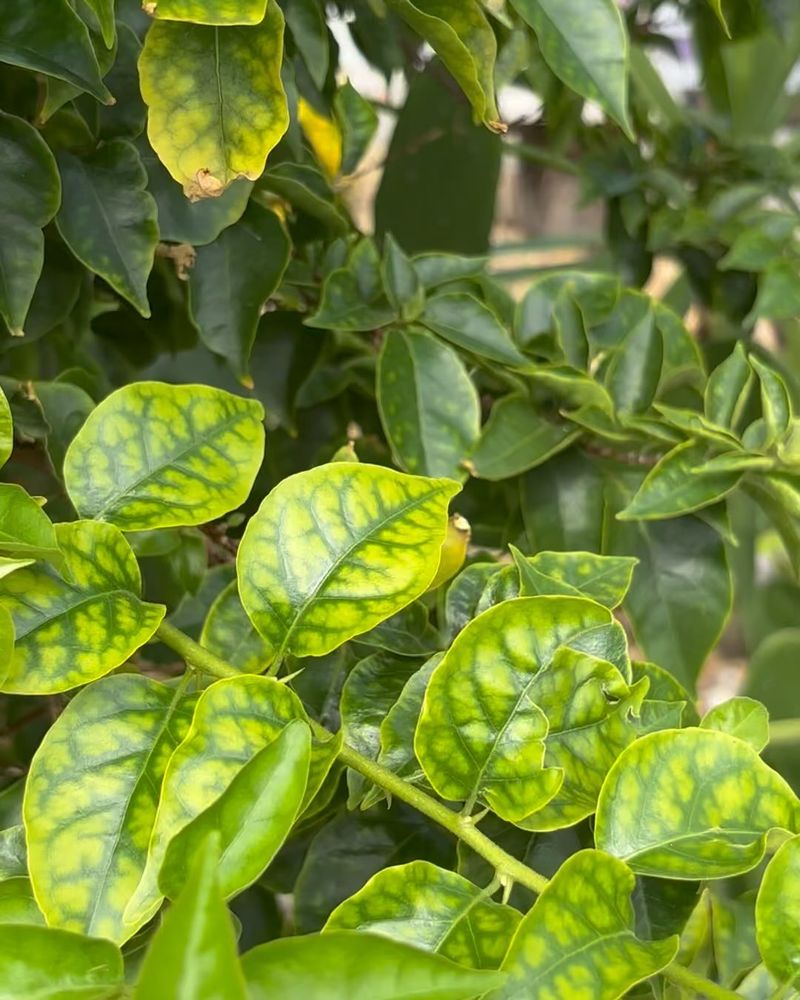
Missing essential minerals can trigger leaf curling as the plant struggles to function properly. Yellowing between leaf veins while edges curl indicates magnesium deficiency, while zinc shortages cause smaller leaves with wavy margins.
Feed your citrus with balanced fertilizer specifically formulated for citrus trees. Apply according to package directions, usually every 6-8 weeks during growing season. Occasional foliar sprays can quickly address severe deficiencies when leaves show distress signals.
4. Pest Infestations

Tiny invaders like aphids, mites, and citrus leaf miners feed on sap and tender tissues, causing leaves to twist and curl as they develop. You might spot sticky residue on leaves or tiny creatures on the undersides of affected foliage.
Regularly inspect both sides of leaves for unwelcome guests. A strong spray of water can dislodge many pests, while insecticidal soap works for persistent problems. Neem oil provides excellent organic control without harming beneficial insects that help your garden.
5. Temperature Extremes

Citrus plants hate sudden temperature changes and will curl their leaves when shocked by cold drafts or intense heat. Cold damage often appears as curling along with darkened leaf edges, while heat stress causes upward cupping.
Protect indoor plants from air conditioning vents and heaters. Outdoor trees benefit from shade cloth during scorching afternoons. During winter freezes, cover vulnerable trees with frost blankets and provide wind protection to prevent the chill factor from damaging delicate leaves.
6. Improper Light Conditions

Finding the sweet spot for sunlight can be tricky. Too much direct sun scorches leaves, causing them to curl upward as a defense mechanism. Too little light results in weak growth and inward curling as the plant stretches toward light sources.
Most citrus varieties thrive in full sun but appreciate afternoon shade in hot climates. Indoor plants do best near south-facing windows. Rotate potted plants regularly to ensure even light exposure and prevent one-sided growth that can stress the plant.
7. Chemical Damage
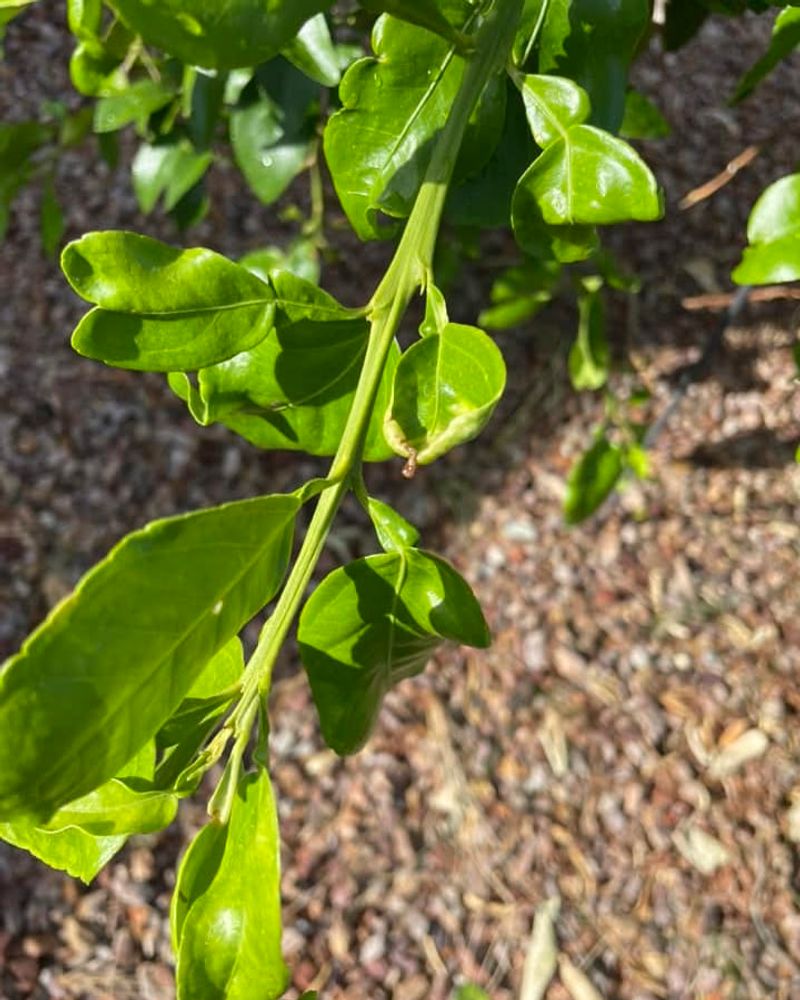
Harsh cleaning products, pesticides, or even hand lotion residue can burn delicate citrus foliage. The leaves respond by curling away from the irritant, often developing brown spots where contact occurred.
Never spray anything on your citrus tree on hot days when solutions can bake onto leaves. Always test new products on a single leaf first and wait 48 hours for reactions. Keep indoor plants away from areas where aerosols are used, and wash hands before handling your citrus friends.
8. Transplant Shock
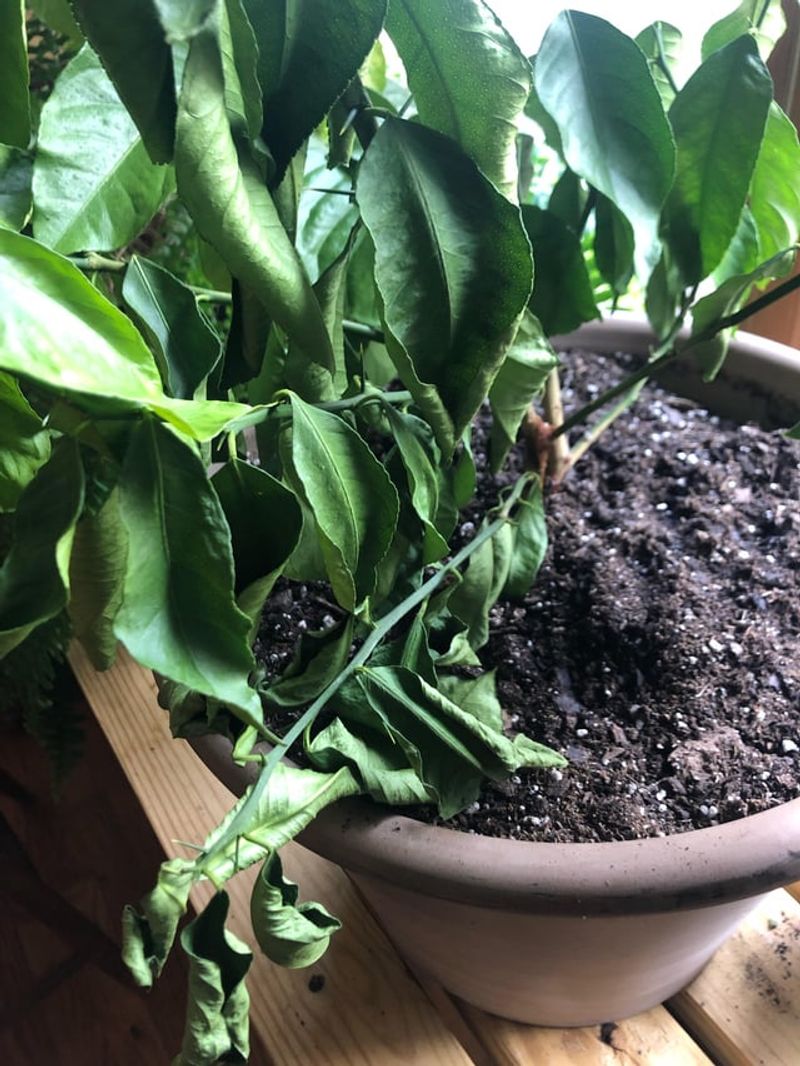
Moving day is stressful for citrus trees! Disturbed roots can’t efficiently take up water, causing temporary leaf curl as the plant adjusts to its new home. This defensive response helps reduce water loss while the root system recovers.
Minimize shock by preparing the new location before uprooting. Water thoroughly before and after transplanting, and prune about 20% of foliage to reduce demands on the recovering root system. Provide dappled shade for the first week to ease the transition.
9. Root Binding Issues

Cramped roots circle the bottom of pots when citrus plants outgrow their containers. This restricted growth limits water and nutrient uptake, causing leaves to curl as the plant struggles to sustain itself.
Check root health by gently removing the plant from its pot. Healthy roots are white or tan, while brown, mushy roots indicate problems. Repot into a container 2-4 inches larger every 2-3 years, gently loosening bound roots before placing in fresh citrus potting mix.
10. Humidity Imbalance
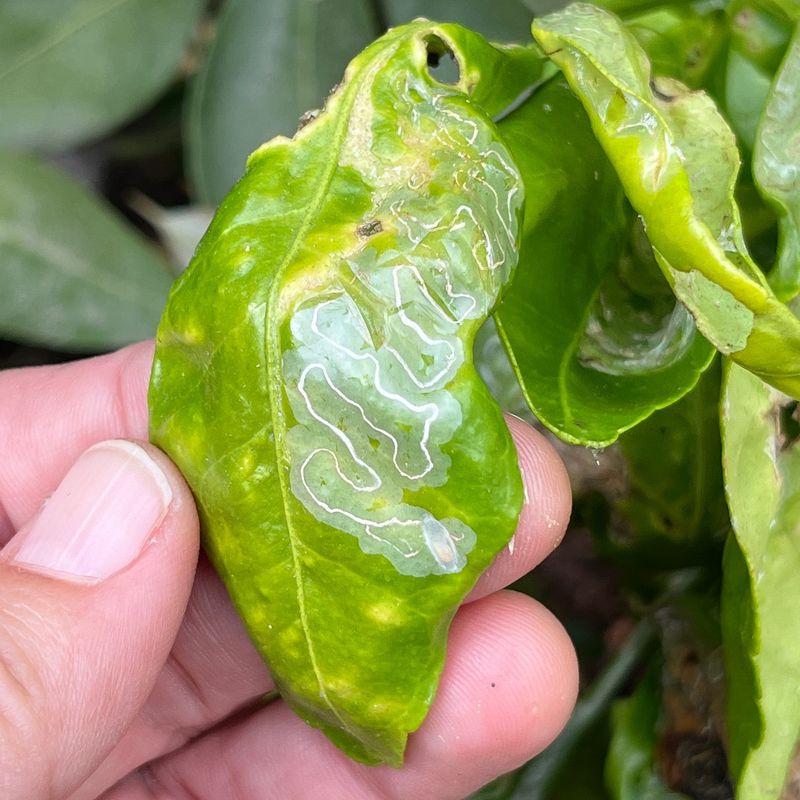
Citrus trees evolved in moderately humid environments and react poorly to dry air. Indoor heating and air conditioning systems can create desert-like conditions, causing leaf edges to curl inward and eventually crisp up.
Boost humidity by placing pots on pebble trays filled with water (keeping the pot above water level). Grouping plants together creates a microclimate with higher moisture levels. For severe cases, consider running a humidifier nearby during the driest months of the year.
11. Soil pH Problems

Citrus plants prefer slightly acidic soil with pH between 5.5 and 6.5. When soil becomes too alkaline, iron and other micronutrients become locked up and unavailable, causing leaves to yellow between veins while edges curl upward.
Test your soil annually using an inexpensive kit from garden centers. Lower pH by adding organic matter like pine needles or coffee grounds. For immediate correction, use an acidifying fertilizer specifically formulated for citrus or acid-loving plants.
12. Disease Infections
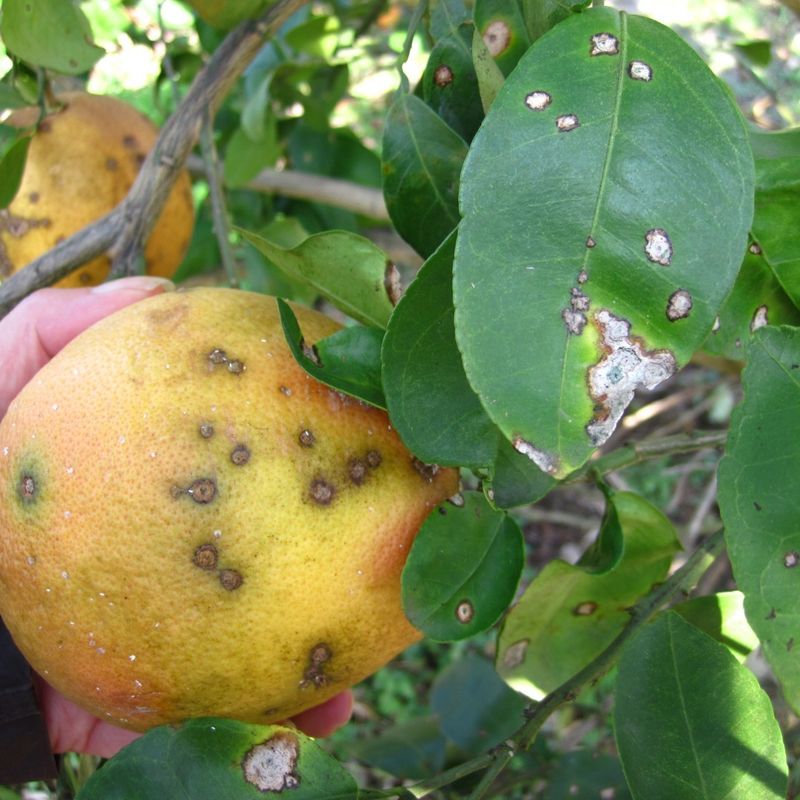
Fungal and bacterial pathogens can wreak havoc on citrus foliage. Citrus canker and greasy spot disease both cause leaves to curl, develop spots, and eventually drop prematurely, weakening the entire tree.
Promote good air circulation by proper pruning to reduce disease-friendly conditions. Water at soil level rather than splashing leaves, especially late in the day. Remove and destroy (don’t compost) any infected leaves or branches immediately to prevent spread to healthy parts of the plant.

